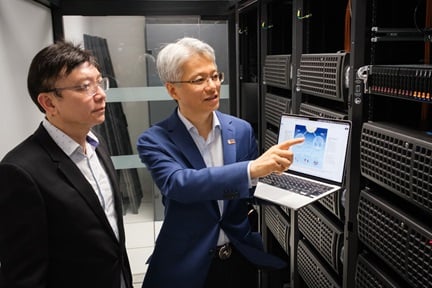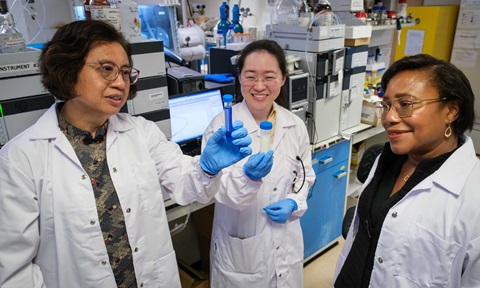An ultra-thin battery powered by saline for smart contact lenses
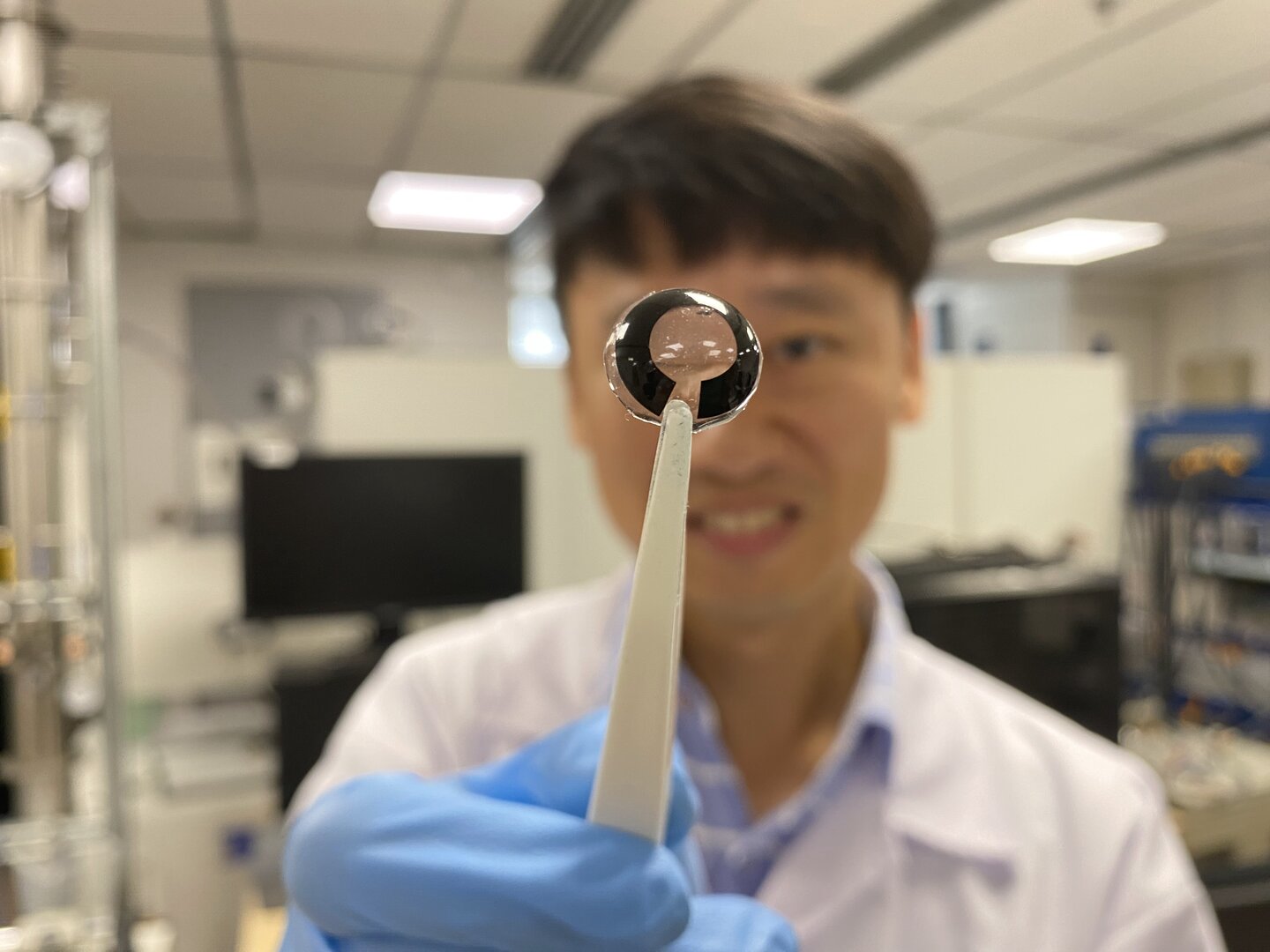
Scientists from NTU Singapore have developed a flexible battery as thin as a human cornea, which stores electricity when it is immersed in saline solution, and which could one day power smart contact lenses.
The battery’s development was led by Associate Professor Lee Seok Woo from NTU’s School of Electrical and Electronic Engineering (EEE).
Smart contact lenses are high-tech contact lenses capable of displaying visible information on our corneas and can be used to access augmented reality. Current uses include helping to correct vision, monitoring wearers' health, and flagging and treating diseases for people with chronic health conditions such as diabetes and glaucoma. In the future, smart contact lenses could be developed to record and transmit everything a wearer sees and hears to cloud-based data storage.
However, to reach this future potential a safe and suitable battery needs to be developed to power them. Existing rechargeable batteries rely on wires or induction coils that contain metal and are unsuitable for use in the human eye, as they are uncomfortable and present risks to the user.
The NTU-developed battery is made of biocompatible materials and does not contain wires or toxic heavy metals, such as those in lithium-ion batteries or wireless charging systems. It has a glucose-based coating that reacts with the sodium and chloride ions in the saline solution surrounding it, while the water the battery contains serves as the ‘wire’ or ‘circuitry’ for electricity to be generated.
The battery could also be powered by human tears as they contain sodium and potassium ions, at a lower concentration. Testing the current battery with a simulated tear solution, the researchers showed that the battery’s life would be extended an additional hour for every twelve-hour wearing cycle it is used. The battery can also be charged conventionally by an external power supply.


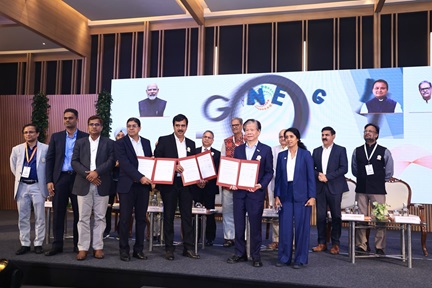

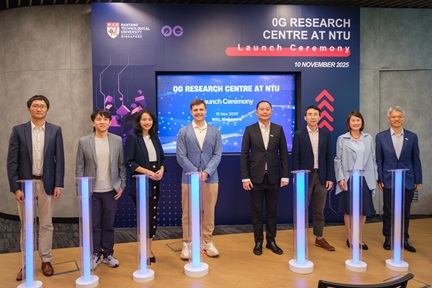
.tmb-listing.jpg?Culture=en&sfvrsn=cfde9c58_1)
